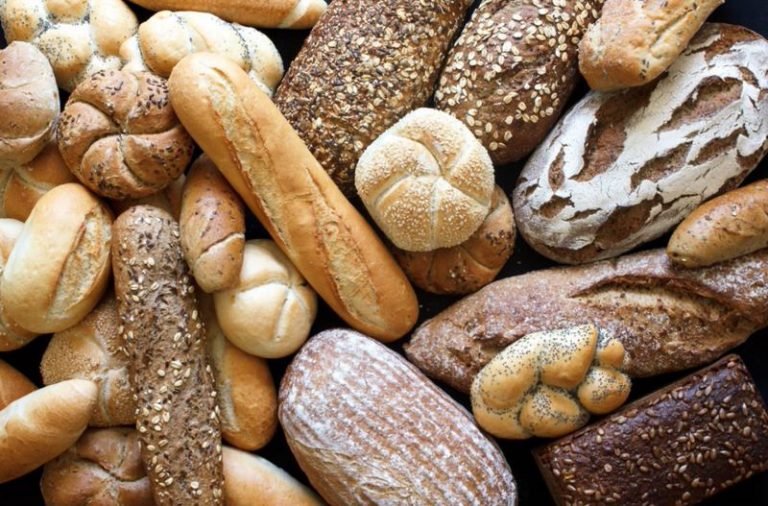Bread is a very nutritious food that provides little fat, a lot of carbohydrates and a considerable amount of fiber. In addition, it is a healthy food.

What would become of us without bread? Throughout the centuries, this food has become one of the basic pillars on which human nutrition is sustained. Its production began to occur around 8,000 BC And from there, other more advanced civilizations such as the Egyptian, Greek or Roman, had this food very present in any of their diets.
Because cereals by themselves cannot be digested directly in the digestive system, they were artificially processed through a series of techniques. In the first place, the dough was formed by mixing water with flour, using bare hands or a few simple rods.
After this, the fermentation took place, with which it was possible to increase the volume of the dough considerably. It was then baked in wood-fired ovens or in large pans or grills at high temperatures. Finally, it was allowed to cool outside to give rise to the bread as we know it today.
How to make bread at home?
What are the ingredients of the bread?
The bread is made from the following ingredients, which we will describe below:
Flour. It is one of the main ingredients. It is extracted from the mixture and ground from a series of cereals until obtaining a kind of powder. From there, pasta, bread, and cakes can be produced. Also, flour is made from gluten, which is a group of insoluble proteins that have a chewy texture. For its part, we also find starch, which represents 70% of the weight of flour and which is in the form of granules.
Water. The objective of this liquid is to activate the proteins in the flour so that it achieves a soft and moldable texture. It also acts as a solvent throughout the fermentation process. Depending on the water used, a different texture and consistency will be achieved. Although in most cases a little less than half the water is used (around 43%) with respect to the weight of the flour.
Salt. Thanks to this ingredient, what is sought is to enhance and reinforce the flavor of the bread. The most traditional do not usually have this seasoning. Although the same does not happen with croissants and brioches, where salt is used to counteract the taste of butter.
Yeast. This last ingredient is actually a group of cellular microorganisms (fungi) whose sole objective is to feed on much of the starch and sugar in flour. This metabolic process produces the fermentation of all its components, where CO2 is released, thus giving a considerable increase in the dough and volume of the bread.
Nutritional values of bread
Once this is known, we are going to proceed to talk about the nutritional information of bread, where 100 grams of this food provide the following:
Calories: 210 calories
Carbohydrates: 52 gr
Proteins: 7.5 gr
Fat: 1.3 gr
Fibers: white bread provides 3.5 gr., And integrated bread provides 7.5 gr
Water: 35%
Vitamins: especially vitamins of group B (B1, B6 and niacin) stand out.
Minerals: calcium, phosphorus, iron, magnesium, zinc, and selenium.
Tips for enjoying bread in a healthy way
Surely many of you declare yourselves unconditional fans of bread and you usually use it as a companion during any lunch or dinner. However, before consuming it wildly, we recommend that you keep the following in mind:
Bread can be addictive. Since it contains opiates and sugars that create a certain dependence when consumed. For this reason, it is recommended to flee from those industrial breads with refined flour that can have a negative effect on our health.
Always accompany it with fruits and vegetables. Like avocado, lettuce, or tomato. In this way we will be able to satisfy ourselves while at the same time ingesting a multitude of vitamins and minerals.
Always toast the bread. In this way, the chewing process will increase considerably, thus satisfying our hunger and enjoying this food for a longer time.































